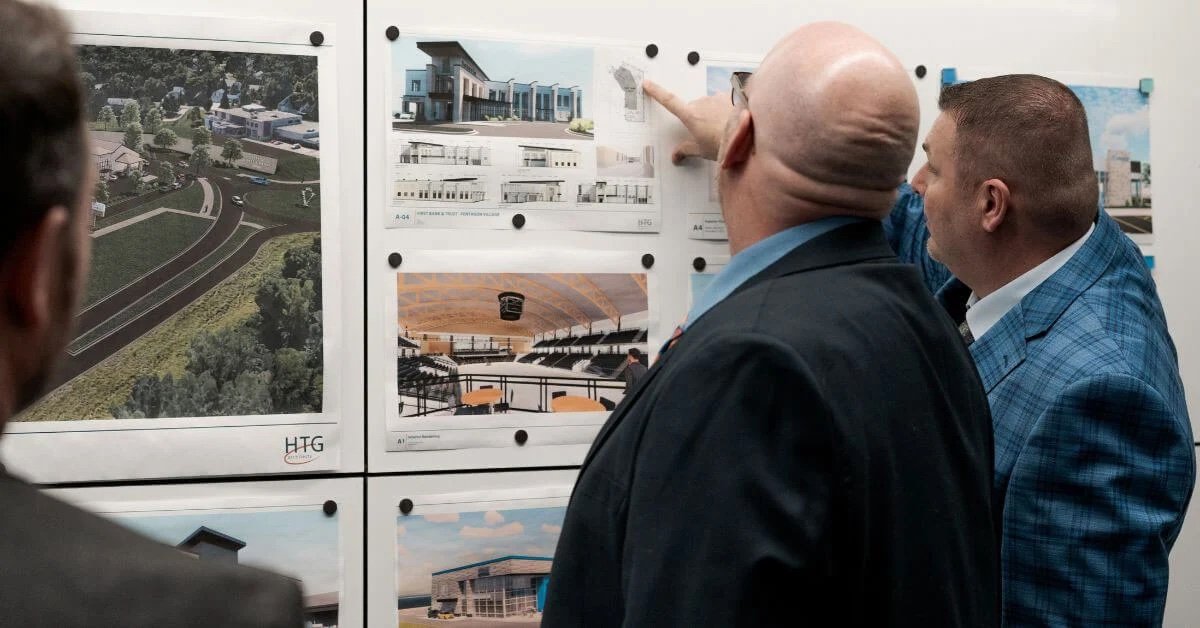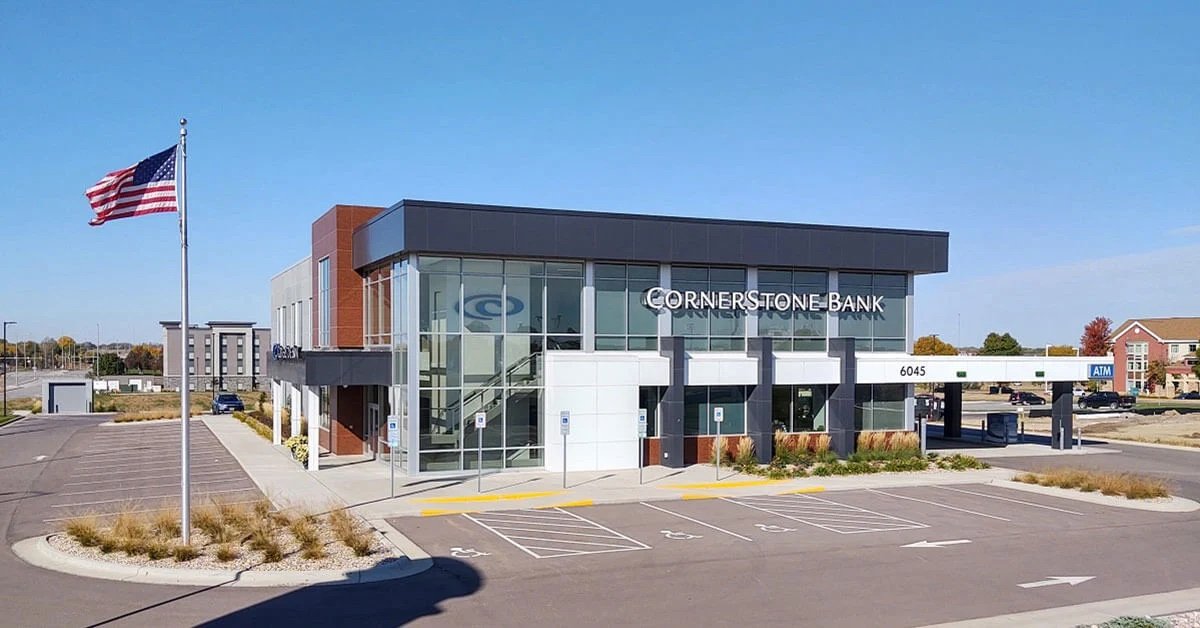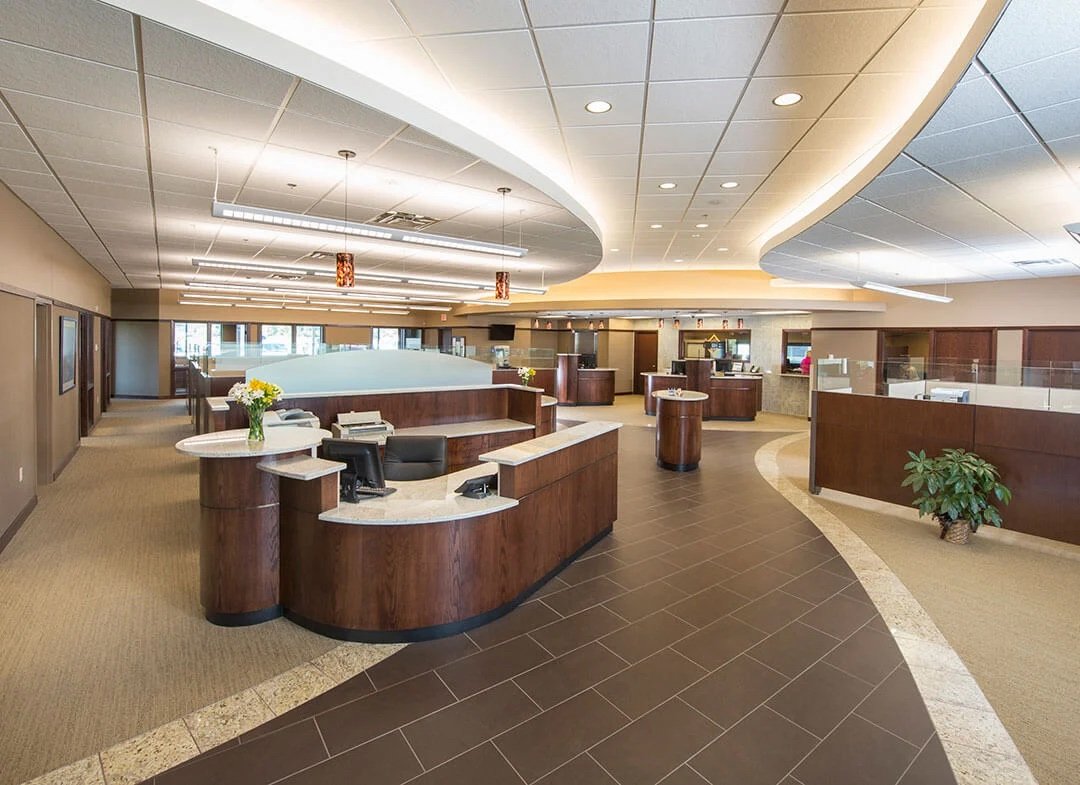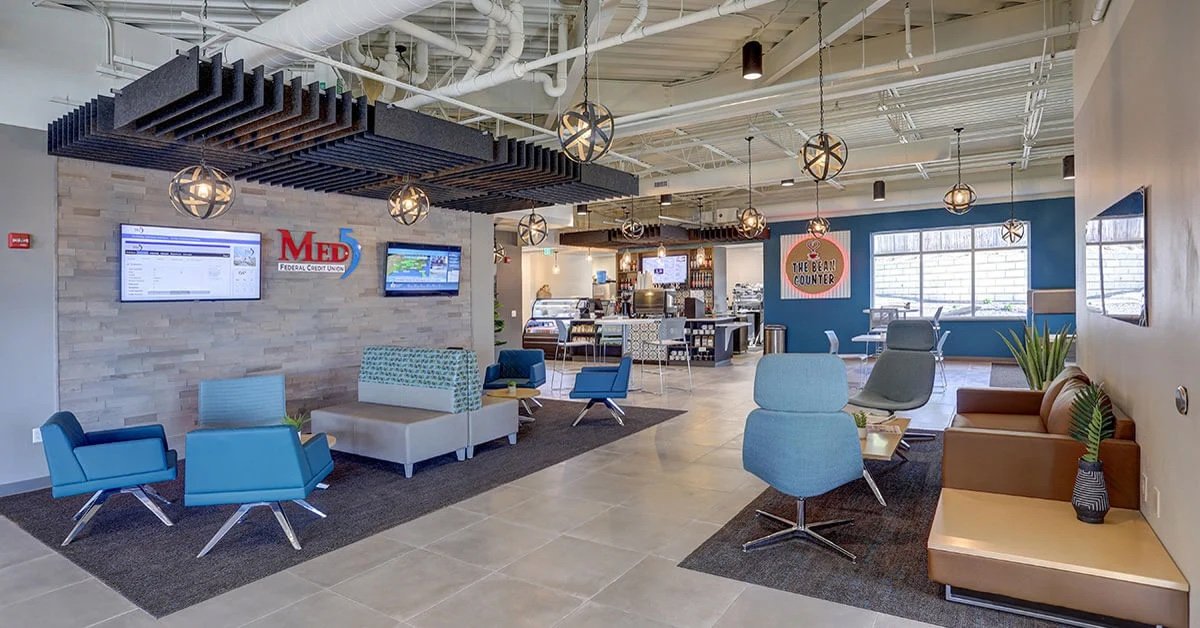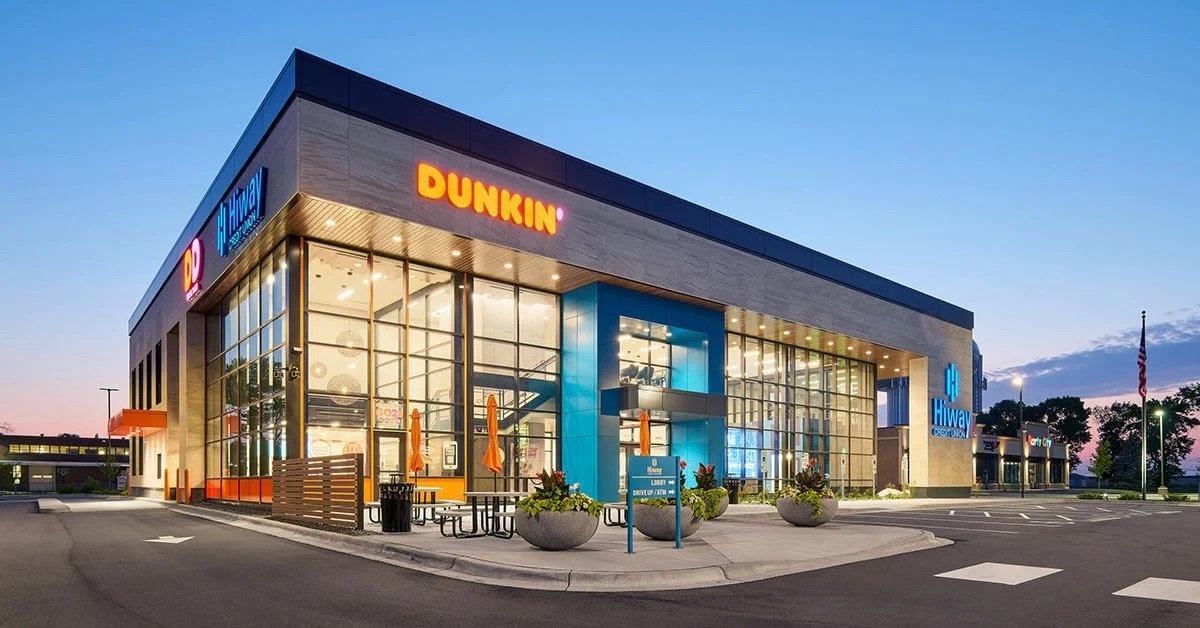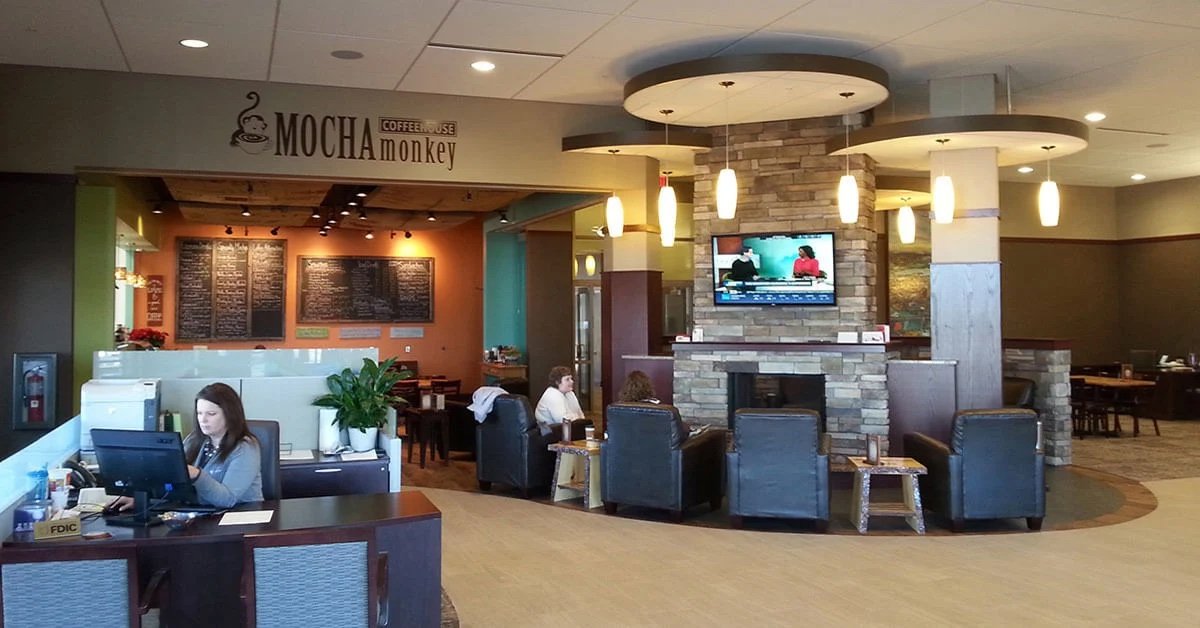6 Ways to Increase Your Bank’s Foot Traffic
The rise of digital banking has proposed many challenges for brick-and-mortar financial institutions, with decreased foot traffic being one of the most obvious. But mobile banking serves smaller, less complex transactions like deposits, transfers and opening accounts.
Physical banks and credit unions still provide value for their customers through loan and credit services, financial advising and other personal areas of banking. In fact, 62% of consumers prefer banks or credit unions with a physical presence rather than a digital presence only.
If you’re noticing a decrease in foot traffic at your branch locations, finding new ways to reverse that trend starts with bank architecture. Here are six ways to improve bank design and allow more traffic in your building:
1. Pick the Right Branch Locations
When building a new bank or credit union, selecting the right location can feel like gambling. That's why performing a Site Selection Study is vital to determine any area's profitability. Site Selection Studies include three primary strategies for evaluating where your future branch locations should be over the next one, three and five years:
Mathematical Modeling — Utilizing mathematics to evaluate and compare sites based on statistical analysis, reasoning and more. This is similar to the model fast food chains like Arby's and Walgreens use.
Mapping — Analyzing regional maps and statistics to review household density, proximity to retail, competition, traffic volume and future development.
Community Drive — Developing a feel for the area to understand where and how retail growth drives the community. This includes interviewing city officials, other businesses and citizens.
Other areas of bank site selection include evaluating:
Surrounding communities
Household income
Proximity to retail stores
Accessibility
Visibility
Want more info on selecting the right location for your bank? Check out our guide: Site Selection 101: Foundation for Financial Buildings
2. Easy Parking and Building Access
It sounds obvious, but an easy way to get more people into your building is by making it easier to get inside. Adding additional parking spaces and drive-thru lanes big enough to accommodate larger vehicles are simple ways to ensure everyone can access your institution. You also need to confirm your building is accessible for all by including ramps, crosswalks, handrails and more for people with different needs.
3. Well-Designed Layout
Bank floor plans and layouts set the stage for people's experience when they visit. They help determine how visitor traffic flow will operate and where employees will be positioned to assist customers. While strong aesthetics are important, a functional design keeps people coming back, so prioritizing a service-based approach versus a transactional one is key.
Customers favor things like ease, comfort and efficiency, and often, a simple bank design with a few intentional tweaks is all it takes to set a branch up for success. Here are a few structural design features that create a functional and optimal experience for bank customers:
Provide more open and flexible meeting areas in the lobby
Introduce a concierge station or pod concept in your branches
Add private rooms for more personal conversations and meetings
Find the right balance of teller stations and ITMs to reduce wait times and lines
Add ample seating areas to accommodate waiting during peak banking hours
4. Interior Design Features
Understanding the culture of your community is essential when customizing the interior design of your branch to increase traffic. Utilizing a retail design approach optimizes a facility by combining multiple aspects of architecture, interior design and psychology to create an experience that attracts, engages and serves clients’ needs.
The following retail design aspects help create an atmosphere that keeps customers coming back:
Comfortable furniture, fixtures and equipment
Vibrant lighting and branded colors
Warm, living-room-like atmospheres
5. Additional Features
Incorporating additional features like self-serve stations and other FinTech devices allow customers to save time when visiting your building. Interactive teller machines (ITMs) help visitors avoid long lines by providing the same service as a teller in a self-serving, automated fashion. Similarly, adding high-quality sound and TV systems can also keep customers engaged. Lastly, if you aren’t already offering free Wi-Fi for visitors, you should be.
Additional Features That Increase Foot Traffic
Interactive teller machines
High-quality sound and TV systems
Complementary Wi-Fi
Electric vehicle charging stations
Coffee bars
6. Co-Branding
Co-branding is a strategic way to differentiate your branch locations and become a destination for more than just banking. It involves intentionally designing buildings to house multiple businesses within a shared space, creating an environment that draws customers from both businesses and creates new relationship-building opportunities. Here are a few examples:
Hiway Credit Union & Dunkin' in Roseville, MN
Hiway Credit Union partnered with Dunkin’ to create a multi-purpose destination for customers in Roseville, Minnesota.
HomeTown Bank & Mocha Monkey in Waconia, MN
HomeTown Bank partnered with a local coffee shop, Mocha Monkey, for their new facility in Waconia, Minnesota.
Time for an Update? We Can Help
Whether you’re looking to start a new building, remodel or tenant improvement, using the right blend of bank architecture and design can drastically improve foot traffic in your financial institution.
Partnering with experienced financial architecture specialists is the best way to create the location your customers seek. HTG Architects has over 2,300 successful financial projects under our belt, and each one starts with our consulting process, InVision.
InVision is a four-stage approach that covers every aspect of a project from start to finish. We collaborate with your team and stakeholders to ensure your needs are met while addressing all the small details of bank construction. Let’s combine your ideas, your customer’s needs and our expertise to create a location worth visiting for years to come.


